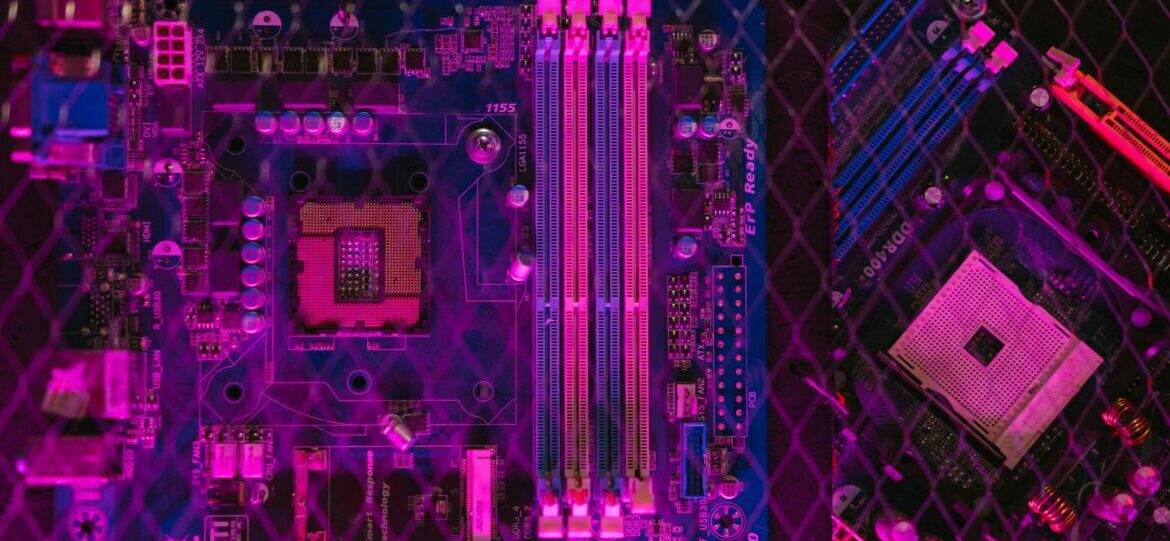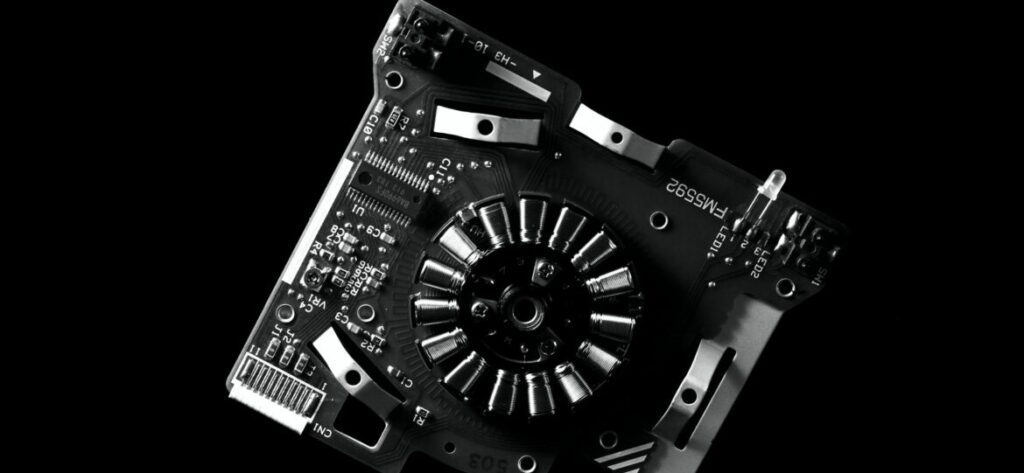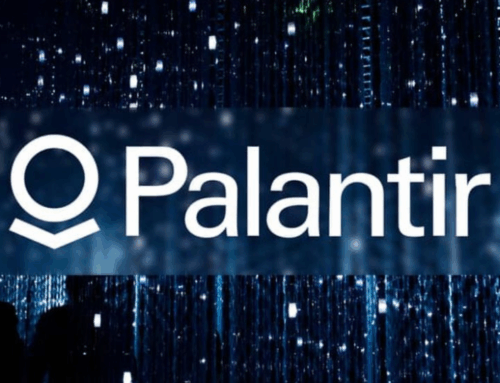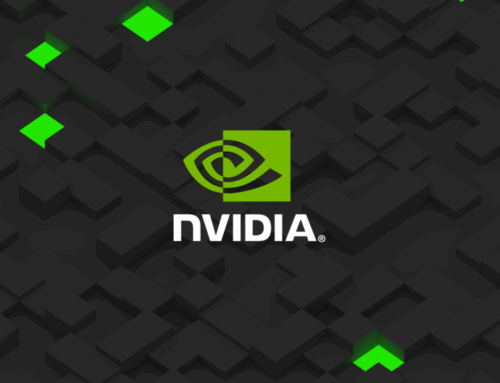November_FPGA Topics|FPGA History and Product Positioning
What is Field Programmable Gate Array (FPGA)? Before we talk about this, we need to talk about the classification of logic devices and what is an ASIC Application Specific IC. Logic components can be roughly categorized into standard products and customized products according to the design type, and I believe you have probably heard of standard products ranging from microcontrollers (MCUs) to central processing units (CPUs). Customized products are designed to meet specific needs and therefore have stronger computing performance. However, because of the smaller production quantities, the one-time engineering (NRE) costs associated with design and manufacturing are higher and the lead time from order to shipment is longer. Customized products can be divided into two categories: fully customized and semi-customized. FPGAs are semi-customized Programmable Logic Devices (PLDs), and their production costs and lead times are lower than those of fully customized logic devices. What is an ASIC? Simply put, it is a chip whose application is set before it is shipped from the factory, such as the early GPU graphics processor, which is a set of chips dedicated to graphics. In contrast to an ASIC, an FPGA is a logic gateway that can be reconfigured after shipment to adjust the tasks it is suited to perform through programming language resets, which is made possible by the use of reconfigurable, resetable logic gates and integrated circuit layout planning that ensures the flexible reuse of computing resources.










